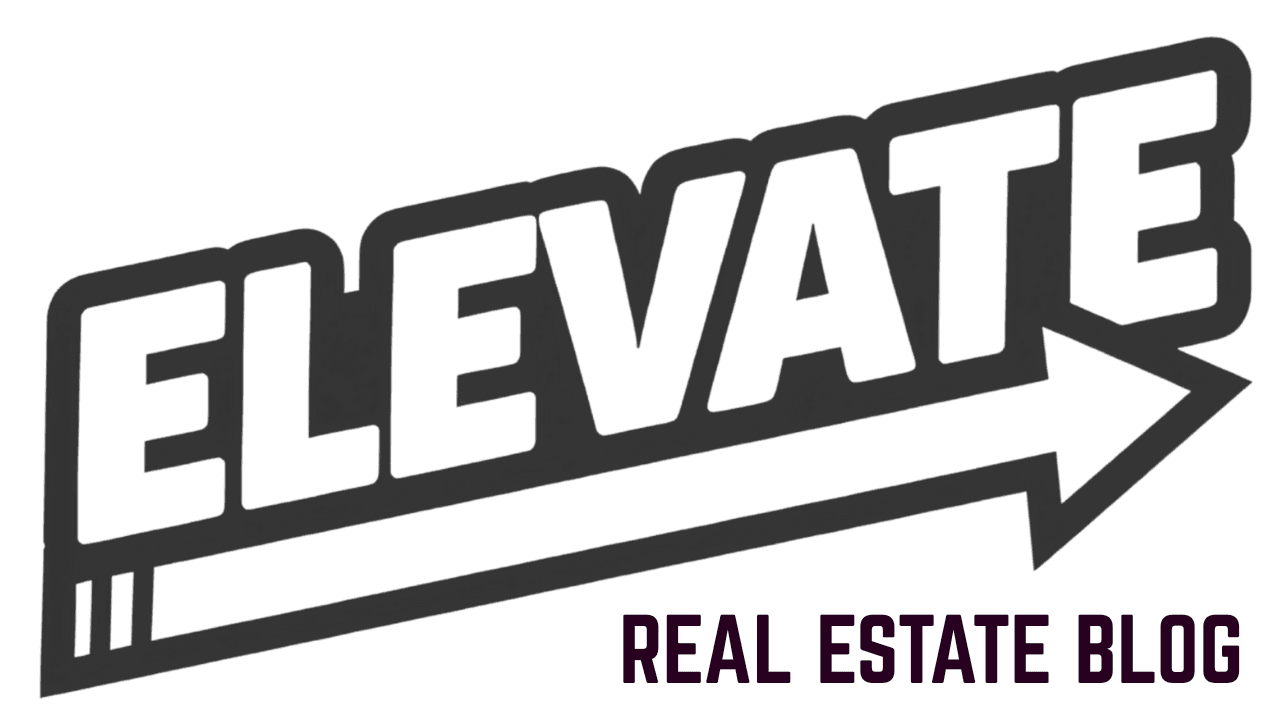Real estate agencies implementing AI-powered training systems see 40% faster agent onboarding and 25% higher team productivity within the first quarter. The key lies in building a structured system that combines technology with practical application.
Why Traditional Training Methods Fall Short
Most real estate teams rely on outdated training approaches. Scattered documentation across multiple systems. One-size-fits-all content that doesn’t address individual agent needs. Limited tracking of progress and effectiveness. No mobile accessibility for agents working in the field.
These gaps create inconsistent performance across your team. New agents struggle longer to reach productivity. Experienced agents lack advanced skill development. Compliance training becomes a checkbox exercise rather than meaningful learning.

Core Components of an AI Training System
Centralized Content Management
Your system needs one location for all training materials. This includes onboarding documentation, compliance requirements, local market updates, and skill development modules. AI enhances this by automatically organizing content by topic, experience level, and relevance.
Interactive Learning Modules
Static documents don’t work. Your training system requires video content, interactive quizzes, role-playing scenarios, and real-world case studies. AI can generate custom scenarios based on your local market conditions and common client situations.
Progress Tracking and Analytics
Know who completes training and how well they retain information. Track completion rates, quiz scores, and application of skills in real situations. AI analyzes this data to identify knowledge gaps and suggest targeted training interventions.

Implementation Strategy
Start with High-Impact Areas
Identify training bottlenecks that consume significant time but don’t require personal interaction. Common examples include lead response templates, listing description creation, and basic market analysis. These areas provide immediate value while demonstrating AI capabilities to your team.
Choose Integration-Ready Tools
Select AI platforms that connect with your existing CRM, calendar systems, and communication tools. This eliminates friction and increases adoption rates. Look for tools with proven real estate applications rather than generic business solutions.
For comprehensive team performance tracking, platforms like Pulse Intelligence integrate training progress with actual business metrics, showing how learning translates to results.
Pilot Before Full Deployment
Test your system with 2-3 agents before rolling out team-wide. Run the pilot for 2-4 weeks, collecting feedback on usability, content relevance, and time savings. Use this data to refine your approach before broader implementation.

Building Custom Training Workflows
Personalized Learning Paths
Not every agent needs identical training. New agents require foundational knowledge while experienced professionals need advanced techniques. Create branching workflows that deliver relevant content based on experience level, specialization, and performance data.
AI-Generated Content Creation
Use AI to develop training materials from your existing knowledge base. Transform successful agent strategies into replicable training modules. Generate quiz questions from policy documents. Create scenario-based exercises from real deal situations.
Automated Assessment and Feedback
Implement AI-powered evaluation systems that assess agent responses to training scenarios. Provide immediate feedback on areas for improvement. Generate personalized development recommendations based on performance patterns.
Essential Training Categories
Foundational AI Knowledge
Train agents on AI basics and prompt engineering. This knowledge enables them to leverage AI tools effectively in their daily work. Cover practical applications like generating client communications, creating marketing content, and analyzing market data.
Client Interaction Skills
Use AI to create realistic conversation simulations. Practice handling objections, presenting offers, and managing difficult situations. Generate diverse client personas and scenarios to prepare agents for real-world interactions.
Market Intelligence and Analysis
Teach agents to use AI for market research, comparative market analysis, and trend identification. Show them how to interpret data visualizations and translate complex market information into client-friendly explanations.

Compliance and Risk Management
Automate compliance training delivery and tracking. Use AI to identify potential compliance issues in agent communications and marketing materials. Generate updated training content when regulations change.
Measuring Training Effectiveness
Key Performance Indicators
Track metrics that matter: time to first transaction for new agents, average transaction volume per agent, client satisfaction scores, and compliance incident rates. These measurements show real business impact beyond training completion statistics.
Continuous Improvement Loop
Analyze training data monthly to identify patterns. Which modules correlate with better performance? What topics need reinforcement? Where do agents struggle most? Use these insights to refine content and delivery methods.
ROI Calculation
Measure training investment against business outcomes. Calculate time saved through automated processes, increased transaction volume from better-trained agents, and reduced errors or compliance issues. This data justifies continued investment in your training system.
Integration with Business Operations
CRM and Pipeline Management
Connect training completion to CRM access levels. Require specific modules before agents can access advanced features or handle certain transaction types. This ensures competency before responsibility.
Your training system should integrate with tools like PWRU’s comprehensive platform to provide seamless workflow management alongside skill development.
Performance Monitoring
Link training data with actual business performance. Identify which training modules correlate with higher production. Use this information to prioritize training requirements for underperforming agents.

Common Implementation Challenges
Agent Resistance to Technology
Address concerns through gradual introduction and clear value demonstration. Show time savings and improved results rather than focusing on technical features. Provide adequate support during the transition period.
Content Quality and Relevance
Ensure training materials reflect current market conditions and local practices. Update content regularly based on regulatory changes and market shifts. Use agent feedback to identify outdated or irrelevant material.
System Maintenance and Updates
Plan for ongoing system management. Assign responsibility for content updates, technical maintenance, and user support. Budget for platform fees, content development, and training time.
Future-Proofing Your Training System
Build flexibility into your system architecture. Choose platforms that can adapt to new AI capabilities and integrate with emerging tools. Plan for scalability as your team grows and training needs evolve.
Consider advanced features like virtual reality property tours, augmented reality staging demonstrations, and predictive analytics for market timing. These technologies will become standard training tools within the next few years.
Your AI-powered training system represents a competitive advantage that improves over time. Start with core functionality, measure results, and expand capabilities based on demonstrated value. This approach ensures sustainable adoption and meaningful business impact.
Ready to transform your team’s training approach? Explore PWRU’s comprehensive training and performance tools to see how AI can elevate your real estate business.





